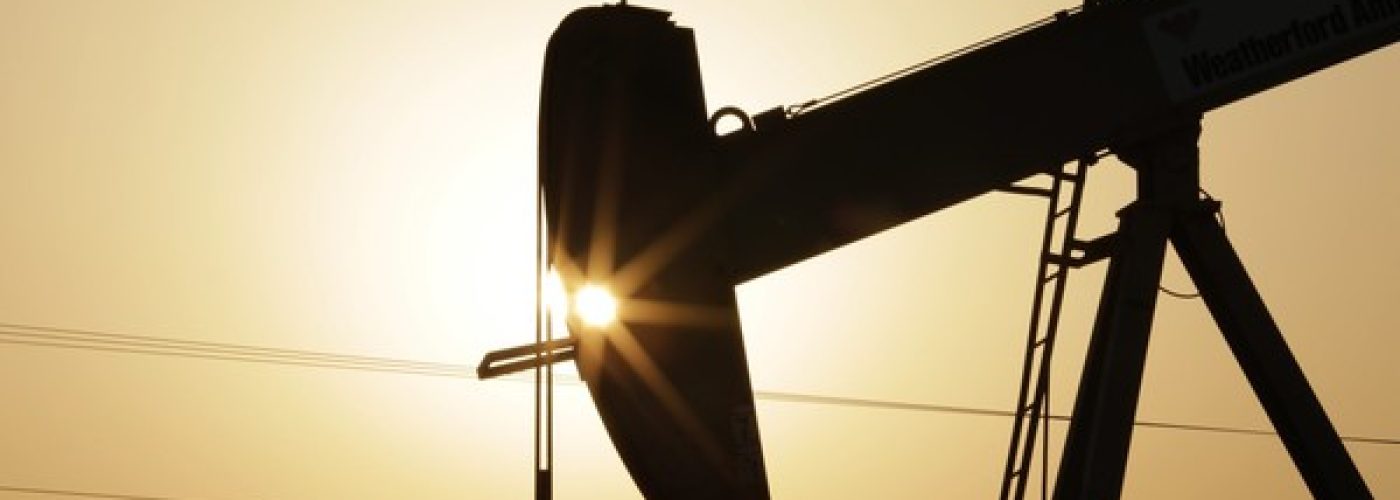 ©AP
©APThe strain on oil and gas producer balance sheets pushed two companies into default over the past three days as the recent stabilisation in crude prices fails to staunch energy failures.
Bankruptcy protection filings from Ultra Petroleum and Midstates Petroleum Company on Friday and Saturday, respectively, have propelled the default rate for US junk-rated energy groups to its highest level on record.
The defaults are the latest failures to strike an industry struggling with an oil price that has declined more than 60 per cent from a 2014 peak. Analysts with credit rating agency Fitch have tracked a surge in energy delinquencies over the past year, with the trailing default rate climbing to a record 13 per cent from less than 2 per cent a year ago.
Fitch expects the default rate to reach 20 per cent by the end of the year.
“This is not the end of the energy defaults,” Scott Roberts, co-head of high yield at Invesco, said. “There are a number of companies with capital structures that are not sustainable at $45 oil.”
The two latest groups to default counted almost $6bn of debt between them and a combined cash position of $362m, according to the latest regulatory filings available.
The bankruptcy filings come as banks conduct twice-yearly lending determinations, with investors braced for cuts to many revolving credit facilities. Economists with JPMorgan noted on Monday that banks have tightened lending standards for commercial and industrial loans, citing “deterioration in the energy sector” as a likely contributing factor.
Separate figures tracked by Standard & Poor’s showed the overall high-yield default rate in the US climbed to 3.9 per cent at the end of April, its highest level since September 2010.
Sharon Bonelli, an analyst with Fitch, said defaults had been “very concentrated” in commodity-linked industries, as companies adjust to the lower prices.
The bounce in crude prices from January lows, when the international oil marker slipped to $27.10 a barrel, has confounded investors who warn a global slowdown could again weigh on commodities.

The rise has also fuelled concern that shale producers may begin to pump oil again, potentially leaving the industry with so-called zombies — companies that operate with too much debt to adequately invest in the underlying business but can cover their interest payments.
“If we stayed for a while at $30 a barrel, strategic bankruptcies would have accelerated,” Mr Roberts said. “That would have entailed companies filing for bankruptcy, saying ‘There’s no hope here. We need to restructure’.
“But if we have this rapid appreciation in crude, you’ll end up with companies that should have restructured but that will muddle along with too much debt.”
eric.platt@ft.com
Twitter: @ericgplatt
Copyright The Financial Times Limited 2016. You may share using our article tools.
Please don’t cut articles from FT.com and redistribute by email or post to the web.





